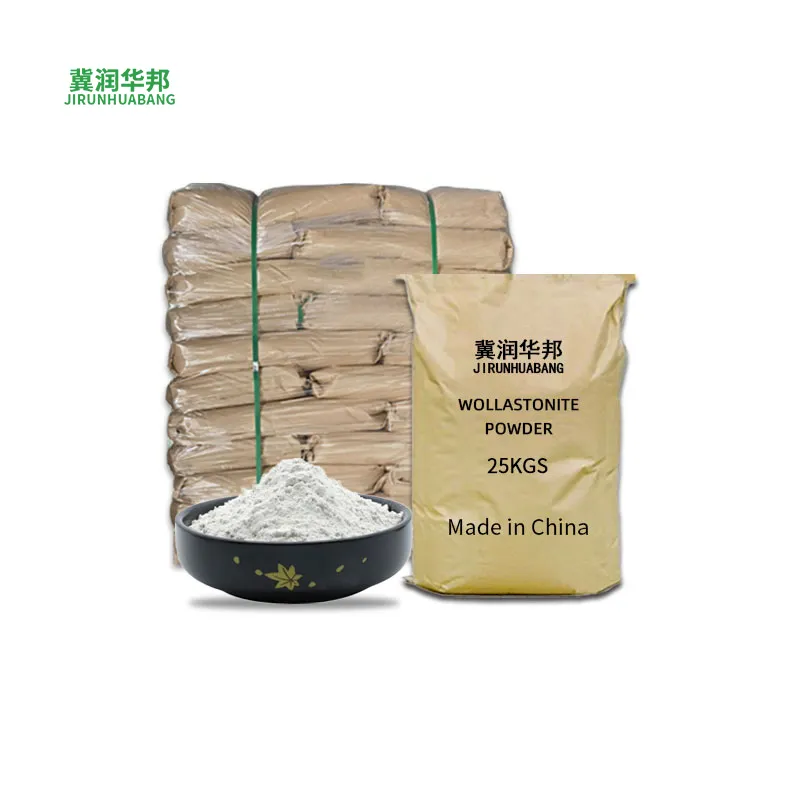what is talcum powder used for
Back to list
Feb . 17, 2025 19:43
Talcum powder, often called talc, is a soft, naturally occurring mineral primarily composed of magnesium, silicon, and oxygen. Its use dates back centuries due to its unique properties, and it remains a staple in numerous product applications today. This article delves into the various uses of talcum powder, shedding light on its versatility and contribution to diverse industries.
Moreover, talcum powder's benefits are seen in the food industry as a food processing aid and in agricultural applications, where its properties help in preventing caking in fertilizers and pesticides. Although less common compared to other uses, in food processing, it can serve as an anti-sticking agent ensuring more efficient operational processes. In the paper industry, talc enhances the quality and printability of the final product. It improves smoothness and reduces the abrasion of paper machinery, offering economic benefits regarding maintenance and production costs. Talcum powder's role in providing a glossy, professional finish to papers used in magazines and fine printing materials cannot be understated. Despite its many uses, it is crucial to address concerns about the safety of talcum powder. Historical litigation related to its alleged links to cancer has prompted research and greater scrutiny. Today, reputable manufacturers follow rigorous safety guidelines—ensuring their products are free from asbestos contamination and safe for consumer use. Users are advised always to check product labels, adhere to recommended usage, and stay informed about potential risks. The ongoing debate and emerging research emphasize the need for informed decisions and ongoing dialogue between consumers, health professionals, and manufacturers. As science evolves, so too does the understanding of both the potential benefits and limitations of talcum powder, underscoring the importance of innovation and regulatory adherence in its manufacture and use. Talcum powder's myriad uses across industries illustrate its extensive capabilities but also highlight the necessity for careful, informed application. From enhancing beauty routines to facilitating industrial processes, it stands as a testament to human innovation in utilizing natural resources for diverse applications. Ultimately, as industries adapt and consumer awareness grows, the role of talcum powder will continue to evolve, reflecting an ongoing commitment to safety, efficacy, and sustainability.


Moreover, talcum powder's benefits are seen in the food industry as a food processing aid and in agricultural applications, where its properties help in preventing caking in fertilizers and pesticides. Although less common compared to other uses, in food processing, it can serve as an anti-sticking agent ensuring more efficient operational processes. In the paper industry, talc enhances the quality and printability of the final product. It improves smoothness and reduces the abrasion of paper machinery, offering economic benefits regarding maintenance and production costs. Talcum powder's role in providing a glossy, professional finish to papers used in magazines and fine printing materials cannot be understated. Despite its many uses, it is crucial to address concerns about the safety of talcum powder. Historical litigation related to its alleged links to cancer has prompted research and greater scrutiny. Today, reputable manufacturers follow rigorous safety guidelines—ensuring their products are free from asbestos contamination and safe for consumer use. Users are advised always to check product labels, adhere to recommended usage, and stay informed about potential risks. The ongoing debate and emerging research emphasize the need for informed decisions and ongoing dialogue between consumers, health professionals, and manufacturers. As science evolves, so too does the understanding of both the potential benefits and limitations of talcum powder, underscoring the importance of innovation and regulatory adherence in its manufacture and use. Talcum powder's myriad uses across industries illustrate its extensive capabilities but also highlight the necessity for careful, informed application. From enhancing beauty routines to facilitating industrial processes, it stands as a testament to human innovation in utilizing natural resources for diverse applications. Ultimately, as industries adapt and consumer awareness grows, the role of talcum powder will continue to evolve, reflecting an ongoing commitment to safety, efficacy, and sustainability.
Share
Previous:
